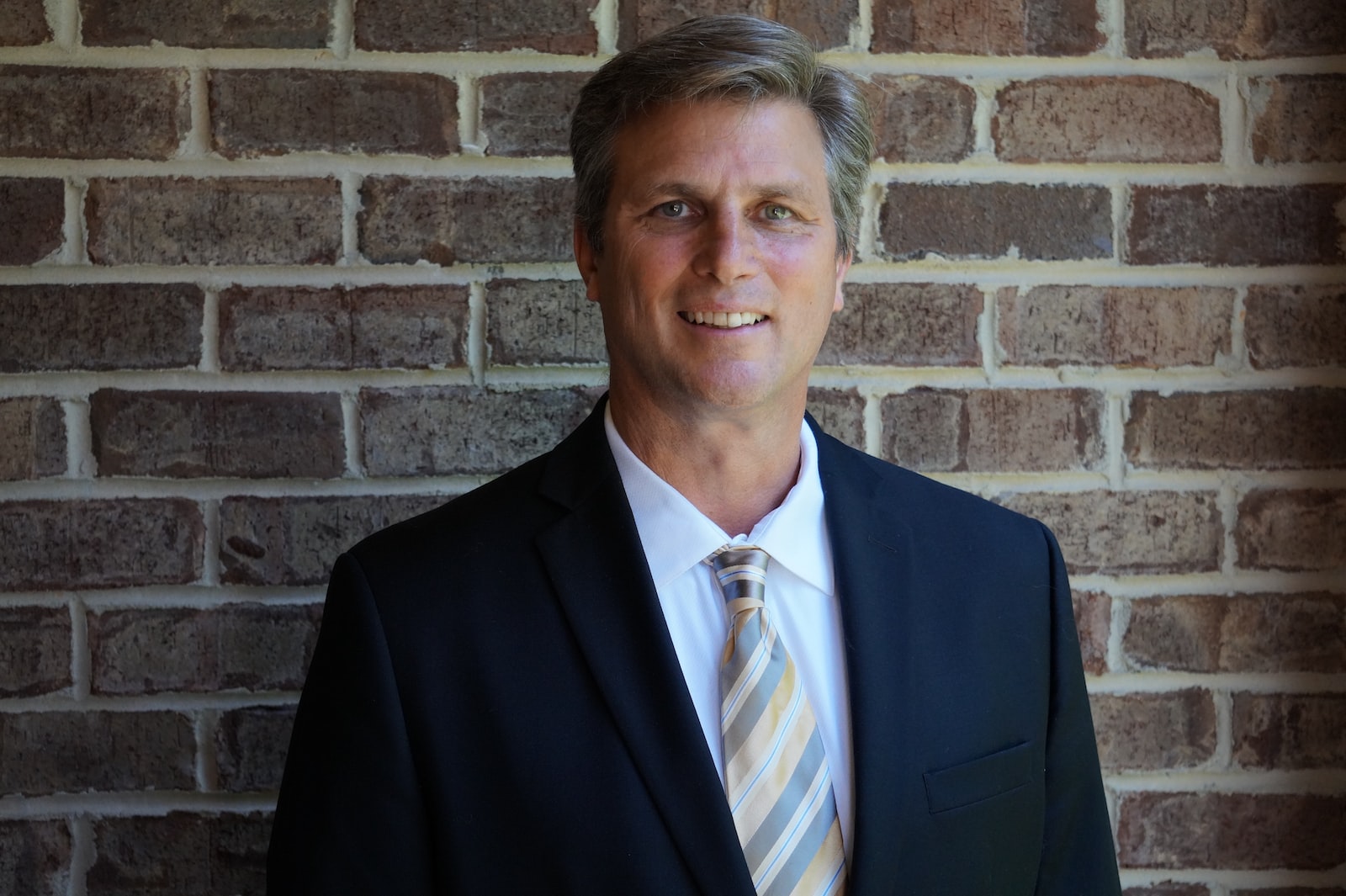By: Richard Godfrey, CEO & Co-founder – Avec-me
Theresa is a highly experienced, successful and in demand leader in her organization. She is also a highly invested, caring and engaged mother. That’s where the challenge came and where a post-Covid world seemed to offer a solution.
Working at home throughout the pandemic meant that the time Theresa wanted to invest in her children was available. Of course, there was still work to do and people to lead. In fact, during Covid she piloted a major reorganization of her team – mostly virtually. Now, the opportunity to weave Teams calls, online work and the occasional office day into school drop offs and pickups, activities, camps and swimming lessons seemed to find a solution she’d sought for years – a way to actually (not hopefully) balance these two important roles in her life.
Then the pandemic ended and the conversation about returning to work picked up speed. Would they be back in the office once, twice, three times or more a week. For Theresa’s new reality to work the times at home needed to remain more than those in the office.
That’s when she got a new boss. They made a decision. Everyone would return to the office three days a week. There would be no discussion. A “ listening tour” where many of Theresa’s peers voiced their own desires, similar to hers, seemed to have been a “check the box” activity, at best.
Theresa began to look for her next job – a job where the magical balance of mother and executive – had flared into being and just as quickly disappeared due to the challenges of and end to Covid-19.
Theresa still works diligently at her job. She tries to stay home as much as possible and to test the waters on the three-day rule. She hasn’t found her next job, but she has “checked out” at work. Without intending to, her organization has stove piped some of their top performers.
Two new silos have been erected – between those who are fine returning to work and those who aren’t. Frustrations exist around whether meetings should be in person or remote, whether it makes sense to go in on a day when other peers and team members are using their remote days. Scrambling to accommodate the past challenges of school runs, doctor’s appointments and cheering from the sidelines are back.
The ”back to the office” group is frustrated with those who are holding out. The hold-out group feel pressured to be in the office, especially when they go in and find the very people that wanted them back, doors closed, and unavailable to talk or meet in person much of the day.
The “Everywhere Work” Silos
A recent article in Forbes magazine titled “Everywhere Work: Breaking Down Silos and Listening to Employees”. Jeff Abbott, a Forbes Council member writes,
The seismic shift toward flexible and hybrid working has taken us to unexplored frontiers. Since the pandemic, it’s no longer just about working in the office or at home; the idea of everywhere work now includes where, when and how people get their work done, with flexibility becoming a rising top priority.
I don’t see these as just nice perks—they’re fundamental expectations that can make or break an employee’s decision to join or stay with a company. Case in point: According to a survey by my company, a whopping 80% of knowledge workers now see flexible working as highly valuable, but only 25% feel their jobs offer the level of flexibility they want.
He talks of the importance of listening to people, seeking alternative solutions and providing tools for hybrid work to be done well.
Start Leading in “WITH”
His solutions are rooted, in our view, in what we call the WITH Toolkit. WITH is an idea rooted in intentionally and actively finding common ground – a place where we’re acting WITH each other rather than AGAINST.
The WITH tools are:
Talk WITH – listen with real curiosity and with the intent to find common ground/a with space
Work WITH – don’t expect people to tow the line or find their own solutions to a necessary change, invest the time and energy necessary to make the solution part of them and them part of the solution.
Build WITH – if its your company and your rules you may be able to temporarily engage people but if you want lasting engagement, especially in a hybrid world you must invite the team into the solutions -announcement and enforcement tend to be approaches with limited effect and lifespan.
Walk WITH – when change is necessary getting too far ahead of your people can leave you all alone, even if the change is necessary. Too often, especially in aggressive pivots like return to work decisions get delayed until they can’t be then demanded before they are supported.
Leaders have a responsibility to drive change, to use resources wisely and to make decisions that drive profitable outcomes AND engage people. Leaders who forget their people’s realities tend to find themselves stove piped in their own isolated world.
Be That Leader
Hybrid work is an evolving reality. Life balance is still more desired than achieved but some of your team might have got close during the pandemic. Use the approaches of Talk, Work, Build and Walk with to find WITH spaces/common ground that can work for the individual and the organization.
Pick one skill, maybe a little more “talk with” than “talk at” and start pulling down these post-Covid silos.
Read our book, Connection Cures Contention and join the conversation on how to build WITH spaces in your organizations and your personal life at www.avec-me.com


